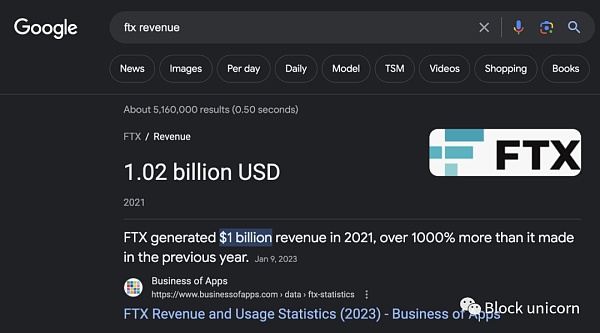Research: 10% Bitcoin allocation in portfolio, which outperforms traditional asset portfolios
What is the difference in the allocation of 10% bitcoin in your portfolio compared to no bitcoin ?

TradeBlock, an provider of institutional digital currency trading tools, answered this question in a recent article. The company found that a portfolio with 10% bitcoin, 55% stocks, and 35% bonds was "significantly better" than a portfolio without bitcoin (but it contained 60% stocks and 40% bonds).
The initial funding for both portfolios is $ 1,000. Over the course of a year, portfolio 2 containing bitcoin outperformed portfolio 1 and also reached a 2019 high this summer.
- Regulatory review: new US crypto bill, proposal to unify Muslim cryptocurrencies, European Central Bank's European chain
- Lenovo Group Blockchain Puzzle
- Everbright and Zhongying interconnected and blew up, exploding A-share "currency-related" companies

(Comparison of the two portfolios, the dark line is a portfolio containing Bitcoin, the light line is a traditional portfolio, image source: tradeblock )
In terms of risk, the 10% bitcoin-equipped portfolio performs better than the other, but due to the increased volatility of this cryptocurrency, the risk of this portfolio is slightly higher.
However, the Sortino ratios (risk-adjusted return on investment assets) of the two portfolios are almost equal, at 1.51 and 1.41, respectively. Earlier this year, Bitcoin's risk-adjusted return was 1.97, which was higher than the S & P 500's 0.25 and gold's 1.06.
When the more popular Sharpe ratio is used to measure risk-adjusted returns, Portfolio 1 has a Sharpe coefficient of 0.66 and BTC Portfolio 2 has a Sharpe coefficient of 0.46.
In fact, Bitcoin is not only the best performing asset in 2019, but also the best performing in the last ten years.
A recent report from Bank of America Merrill Lynch said that if you invested only $ 1 in bitcoin at the beginning of the century, it will now be worth more than $ 90,000.
During the same period, $ 1 U.S. stocks would only rise by 250% to $ 3.46, and $ 1 in gold would reach $ 1.34 in ten years, crude oil would have only 74 cents, and 30-year U.S. Treasuries would be worth $ 2.08, and 1 The Burmese dollar is now worth only $ 0.004.
However, in the past decade, the S & P 500 and Dow Jones Industrial Average have risen by 140% and 130% respectively, but still far below BTC.

As trader Josh Rager points out,
"Although stock returns are so amazing, even at current prices ($ 7200), Bitcoin is likely to achieve similar returns. In the next few years, if we see BTC reaching between $ 75,000 and $ 100,000, then in the next ten years , Bitcoin's potential return will be more than 1000%. "
We will continue to update Blocking; if you have any questions or suggestions, please contact us!
Was this article helpful?
93 out of 132 found this helpful
Related articles
- Ripple Puzzle: Why is Ripple not short of money financing?
- 2 days countdown! 64.8% of this New Year's Eve speech are new friends outside the circle
- Ethereum 2.0 to be classified as securities by the SEC? Lawyers say it is highly likely
- Babbitt Original | In the era of digital currency, memories and future reflected by a wallet
- Xinbaoyuan He Baohong: Foreseeing 2020, the turning point has arrived
- Chengdu Daily full page: We have three major advantages for the central bank's digital currency pilot
- Lava Interpretation: Fearless Winter, Opening a New Blue Ocean of PoC






